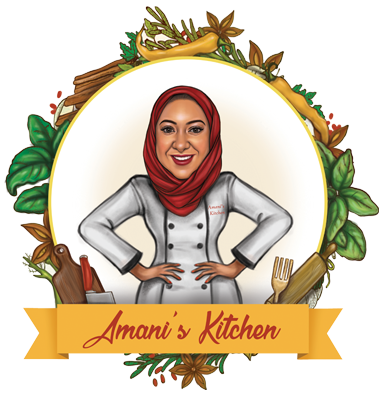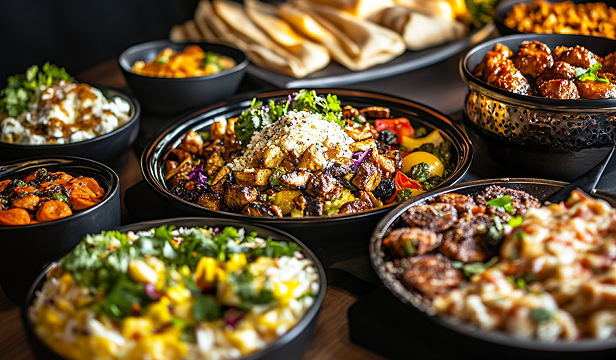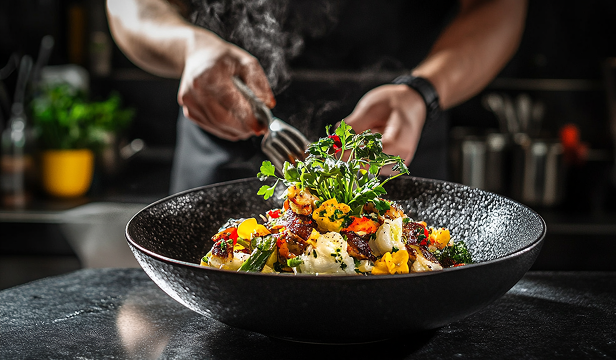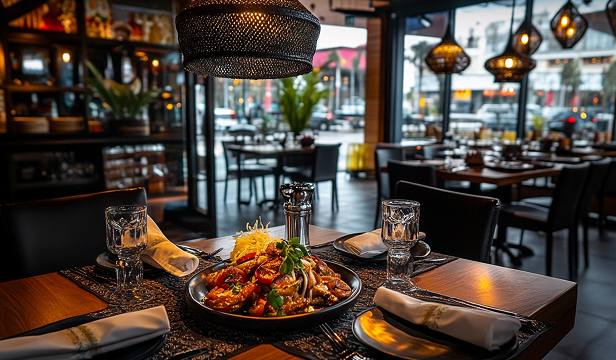Introduction Middle Eastern art is renowned for its intricate patterns, rich colours, and deep cultural…
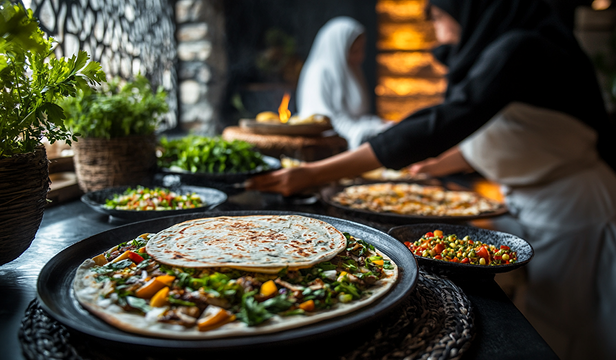
How Artisans in the Middle East Preserve Cultural Heritage Through Food & Crafts
Introduction
The Middle East has a deep and enduring cultural heritage, reflected in its food, crafts, and artistic traditions. Artisans across the region play a vital role in preserving these traditions, ensuring that ancient techniques and cultural expressions continue to thrive in modern society. Through handmade crafts, traditional recipes, and time-honoured techniques, they keep the region’s heritage alive for future generations.
The Role of Artisans in Cultural Preservation
Artisans serve as custodians of cultural identity, passing down their skills and knowledge through generations. Whether through intricate embroidery, handwoven textiles, or culinary craftsmanship, they maintain the authenticity of Middle Eastern traditions in an evolving world.
Handcrafted Textiles and Weaving
- Persian Carpets and Kilims: Known for their elaborate patterns and high-quality craftsmanship, Persian rugs are woven using techniques that date back centuries.
- Palestinian Embroidery (Tatreez): A symbolic craft that tells stories through colourful, hand-stitched patterns, often representing the artisan’s village or heritage.
- Bedouin Weaving: Nomadic communities continue to produce vibrant, handwoven fabrics used for tents, cushions, and traditional garments.
Traditional Pottery and Ceramics
- Iznik and Persian Ceramics: Decorated with floral and geometric motifs, these ceramics remain an integral part of Middle Eastern art.
- Hand-Painted Earthenware: Local potters create clay vessels and plates, often used for cooking and serving traditional dishes.
- Mosaic Tilework: Artisans in Morocco, Iran, and Turkey continue the tradition of intricate mosaic tile designs that have adorned mosques, palaces, and homes for centuries.
Culinary Heritage and Traditional Food Preparation
- Bread Making: From Persian sangak to Lebanese manakish, bakers continue to use traditional methods to prepare staple breads.
- Spice Blending: The art of mixing spices such as za’atar, baharat, and ras el hanout is passed down through generations, preserving unique regional flavours.
- Sweet Confectionery: Artisans craft desserts like baklava, halva, and ma’amoul using age-old techniques that celebrate Middle Eastern culinary heritage.
Metalwork and Calligraphy
- Hand-Engraved Brass and Copper: Artisans in Egypt and Syria create beautifully etched trays, coffee pots, and lanterns.
- Arabic Calligraphy: Master calligraphers continue the tradition of writing sacred texts and poetry in elegant script on paper, ceramics, and metalwork.
- Jewellery Making: Traditional silver and gold jewellery, often adorned with cultural symbols, remains a treasured art form in the Middle East.
Challenges and Modern Adaptations
Despite the beauty and significance of traditional crafts, artisans face challenges such as mass production, declining demand, and the loss of apprenticeships. However, many are adapting by:
- Integrating Modern Designs: Blending traditional craftsmanship with contemporary aesthetics to appeal to a global market.
- E-Commerce and Digital Presence: Selling handmade goods online to reach a wider audience.
- Workshops and Cultural Tourism: Offering hands-on experiences to educate visitors about Middle Eastern craftsmanship.
Conclusion
Artisans in the Middle East play a crucial role in preserving cultural heritage through food and crafts. By keeping ancient traditions alive, they ensure that the region’s rich artistic and culinary legacies continue to inspire future generations. As modern adaptations emerge, these artisans prove that cultural preservation and innovation can coexist, keeping Middle Eastern heritage relevant and celebrated worldwide.
